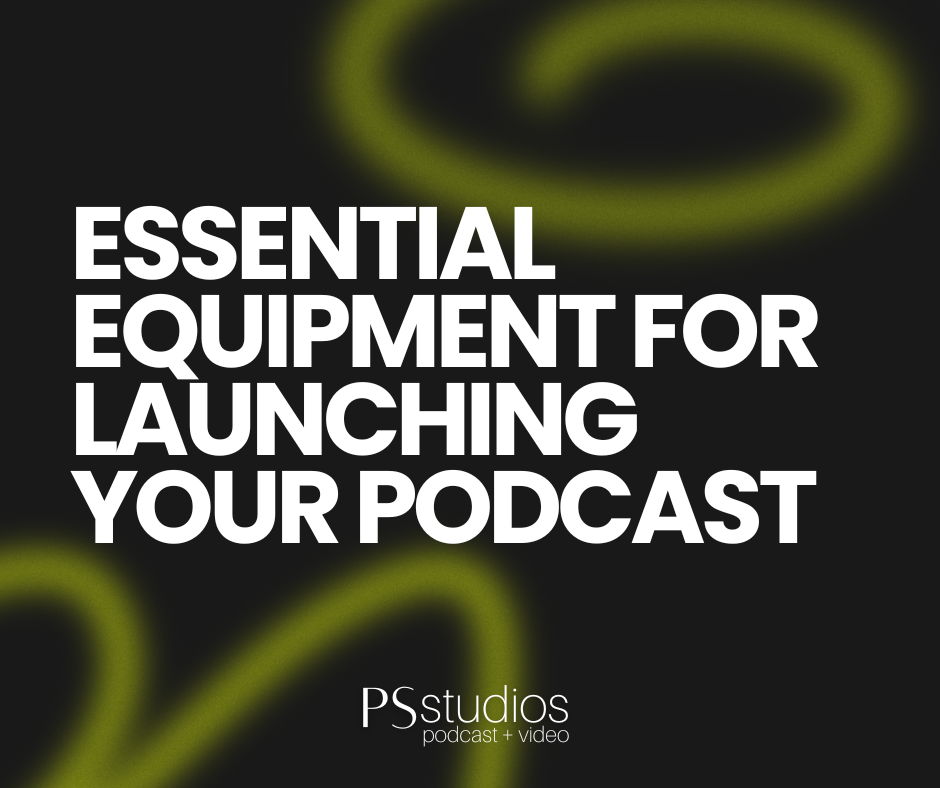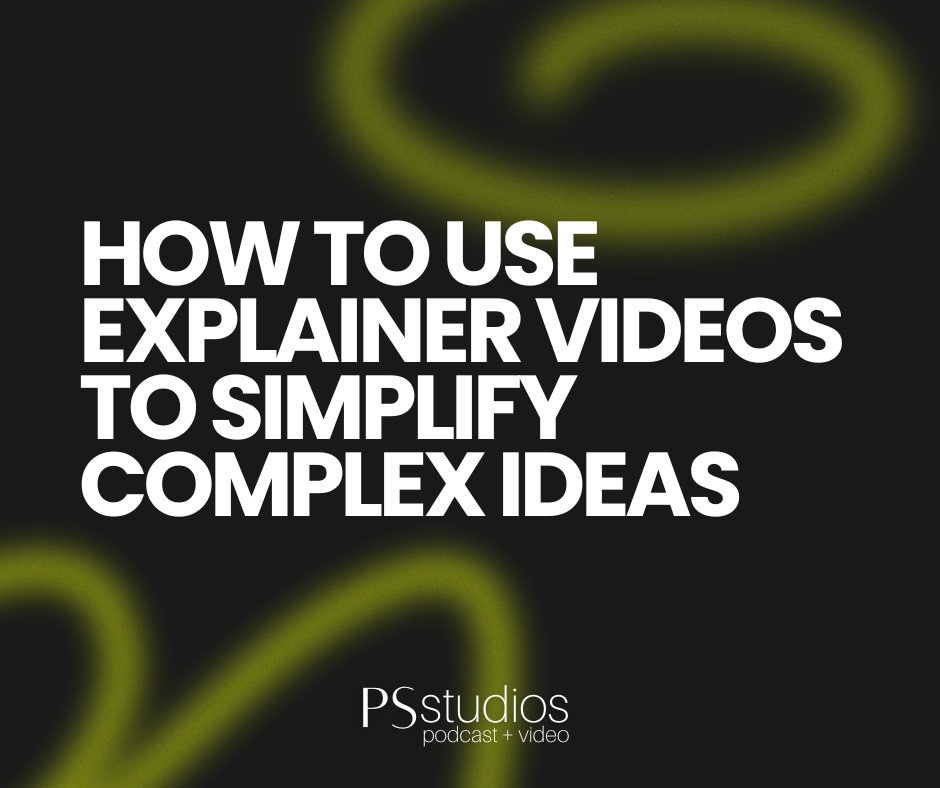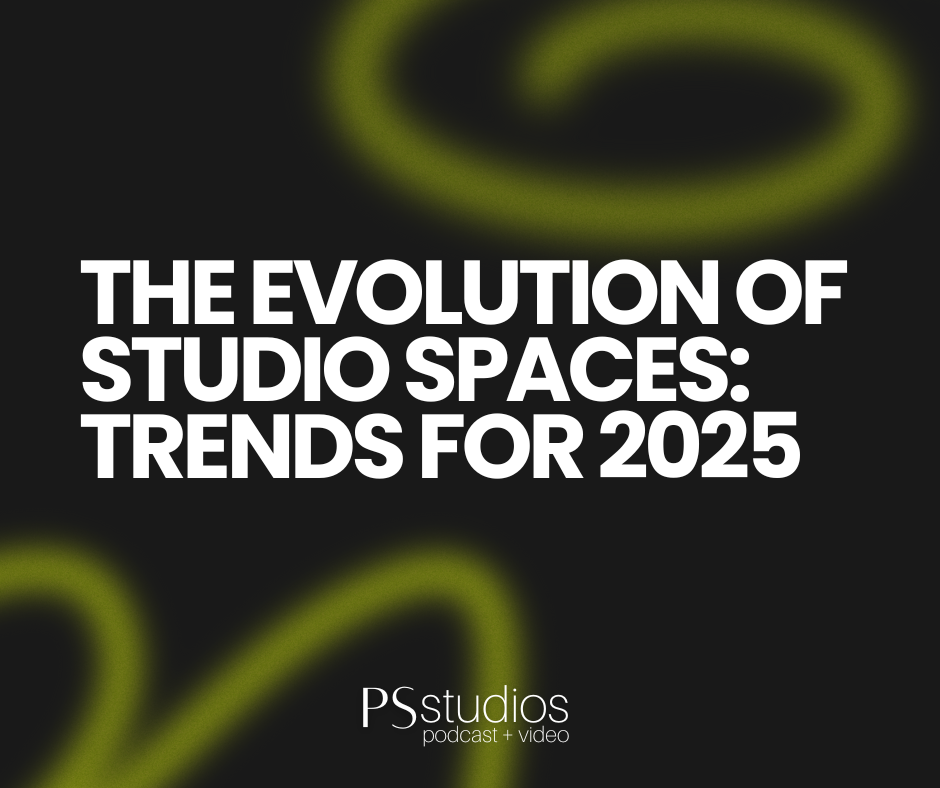
Essential Equipment for Launching Your Podcast
Starting a podcast is an exciting venture, but it requires the right tools to ensure high-quality production. The equipment you choose can significantly impact the sound and overall professionalism of your show. This guide on podcast recording equipment will help you understand what you need to launch a successful podcast.
1. Microphones
A good microphone is the cornerstone of podcast recording equipment. There are two main types to consider:
- Dynamic Microphones: These are durable and great for capturing loud sounds, making them ideal for live environments or less controlled recording spaces.
- Condenser Microphones: These are more sensitive and capture a wider range of frequencies, offering superior sound quality in controlled environments.
Popular choices include the Shure SM7B (dynamic) and the Audio-Technica AT2020 (condenser).
2. Headphones
Investing in quality headphones is crucial for monitoring your recordings and editing your podcast. Look for closed-back headphones that offer noise isolation to help you focus on the sound details. Some top choices are the Sony MDR-7506 and the Audio-Technica ATH-M50x.
3. Audio Interface
An audio interface converts your microphone’s analog signals into digital ones that your computer can process. It also provides phantom power for condenser microphones. A reliable audio interface enhances the clarity and depth of your recordings. The Focusrite Scarlett 2i2 and PreSonus AudioBox USB 96 are excellent options.
4. Pop Filter and Shock Mount
A pop filter helps reduce plosive sounds (like “p” and “b”) that can distort your recording, while a shock mount isolates the microphone from vibrations and handling noise. These accessories are essential for maintaining clear audio quality.
5. Recording Software
Choosing the right recording software is key to producing a professional podcast. There are free options like Audacity, which is user-friendly and versatile. For more advanced features, consider Adobe Audition or Logic Pro X, which offer extensive editing capabilities.
6. Computer
Your computer is the hub of your podcast production. Ensure it has enough processing power and storage to handle recording and editing software smoothly. Both Mac and PC can be suitable, depending on your preference and the software you choose.
7. Boom Arm or Microphone Stand
A boom arm or microphone stand is essential for positioning your microphone correctly and ensuring comfortable recording sessions. It helps keep your desk organized and prevents unwanted noise from handling the microphone.
8. Acoustic Treatment
Acoustic treatment improves sound quality by reducing echo and background noise. Foam panels, bass traps, and diffusers can make a significant difference in your recording environment, creating a more professional sound.
9. External Hard Drive
Backing up your recordings is vital to prevent data loss. An external hard drive provides additional storage space and ensures your podcast files are safe. Look for reliable brands like Western Digital or Seagate.
10. Portable Recorder
A portable recorder is useful for recording on-the-go interviews or capturing sound in various environments. The Zoom H5 and Tascam DR-40X are popular choices that offer high-quality recording capabilities.
Investing in the right podcast recording equipment is essential for launching a successful podcast. From microphones and headphones to audio interfaces and acoustic treatment, each piece plays a crucial role in producing high-quality audio. By equipping yourself with these essential tools, you can create a professional-sounding podcast that captivates your audience.
Interested in starting a podcast or upleveling your existing show? Schedule your free discovery call with our expert production team at PS Studios. During this call we will discuss your goals, timeline, and how we can help. We work with clientele across the country and look forward to chatting with you!



